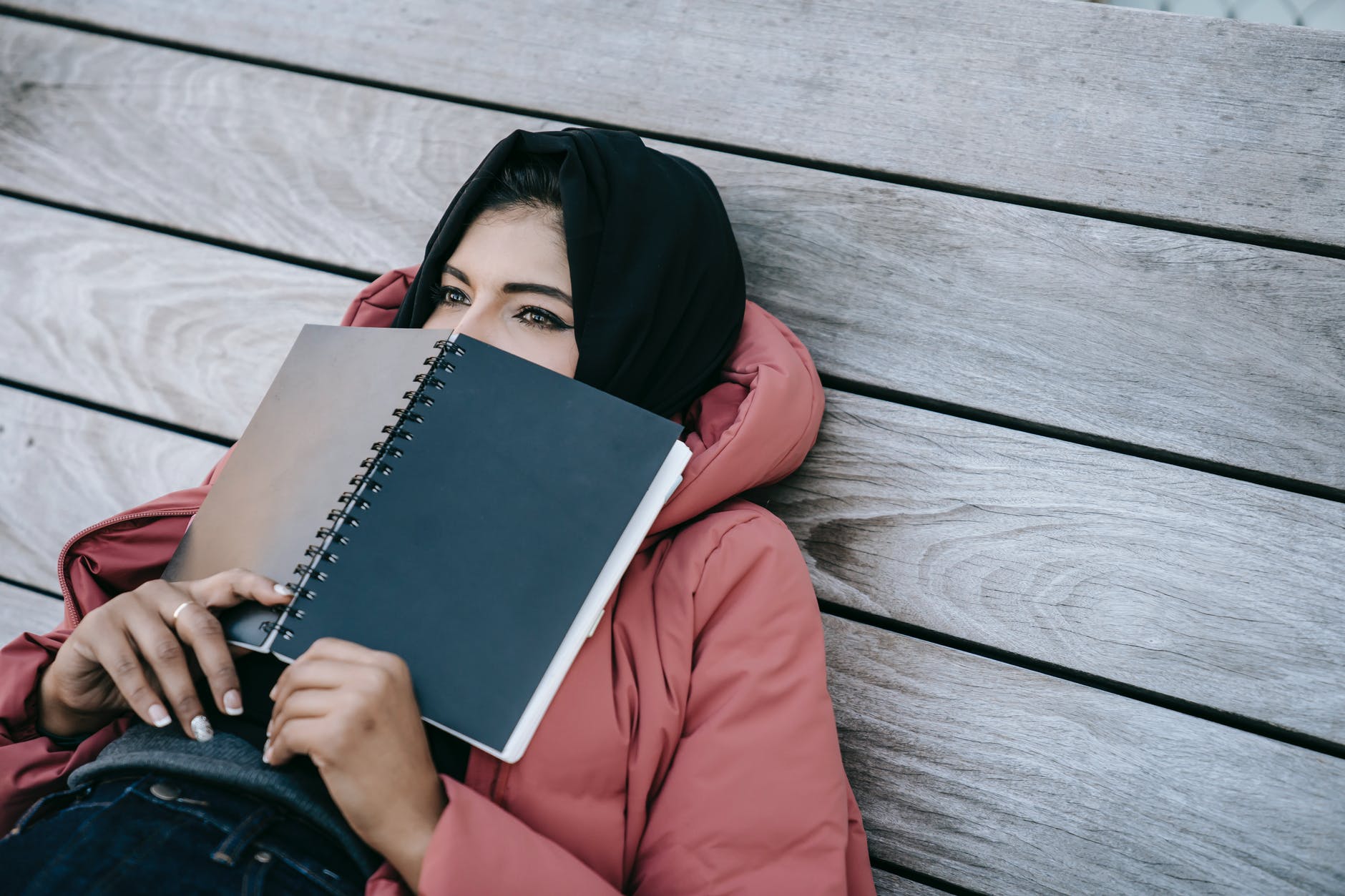Today I had the opportunity to watch to Cynthia Brame and Bryan Dewsbury speak about inclusive teaching. It seemed appropriate to continue and end the day with a session from day 2 of OERxDomains21. Sarah Lambert and Habiba Fadel presented on “Open to Diversity: Inclusive Design Insights from the Australian OER Textbook Project.” They did 64 interviews including 19 students at 2 different universities and 45 staff at 5 universities. They also did a national online survey of teaching staff focusing on OER use. They built on previous studies and a themed-issue of the Journal of Interactive Media in Education. Lambert showed the quote from the first student interviewed: “it’s just important to represent (diverse) people because you’re not just in a gated community of white straight people,” and I thought this was an awesome way to start! Students were asked to respond to the question: “who is missing?” and mentioned women, black people, indigenous people, different religions people, gay people… Another great question they asked was “who’s the expert?” and again Lambert showed some telling quotes. Student quotes also mentioned undervaluing: “they don’t want to exclude females. But they do not recognize them as well” was a student quote. There were examples of inclusive textbooks, and these were unfortunately described as “quite unusual” and framed as exceptions. Lambert stopped the presentation at that point to ask the audience: “Have you stopped to audit your textbooks for representation?” and read some responses. Lambert did mention that instructional staff were interested in adapting text and diversifying the content. I thought it was great to learn about how Australian instructional staff surveyed mentioned including indigenous authors and checking accessibility of documents as part of their resource auditing process. An audience member, Catherine Cronin, mentioned that “once you see the lack of diversity, it is impossible not to see it” and this is so true! Lambert mentioned that both students and staff stressed how it is important to not just show pictures and check boxes, but also to show diverse sources of knowledge and promote systemic change. Today I thought about the struggle between spotlighting and broader integration of multiple voices. How can we teach in a way that is inclusive and provides appropriate representation that is tactful and empowering? This is such a difficult question for me to address!



